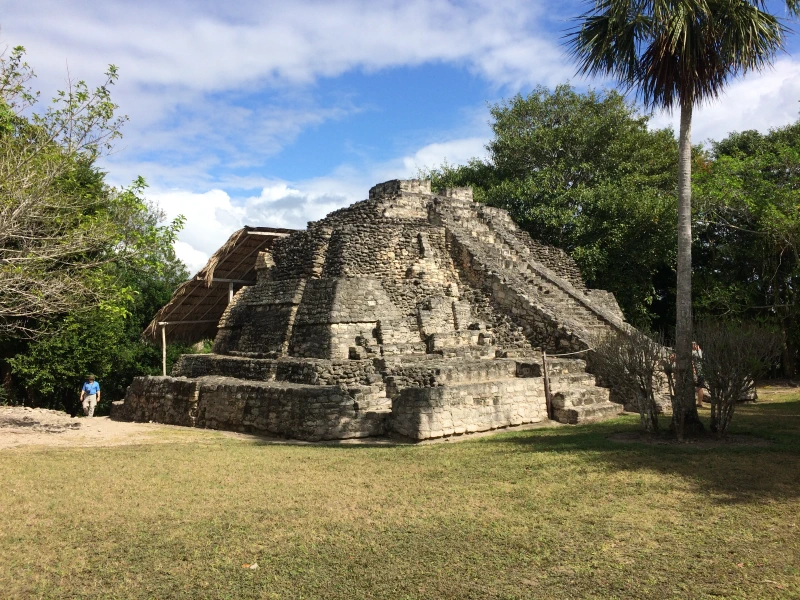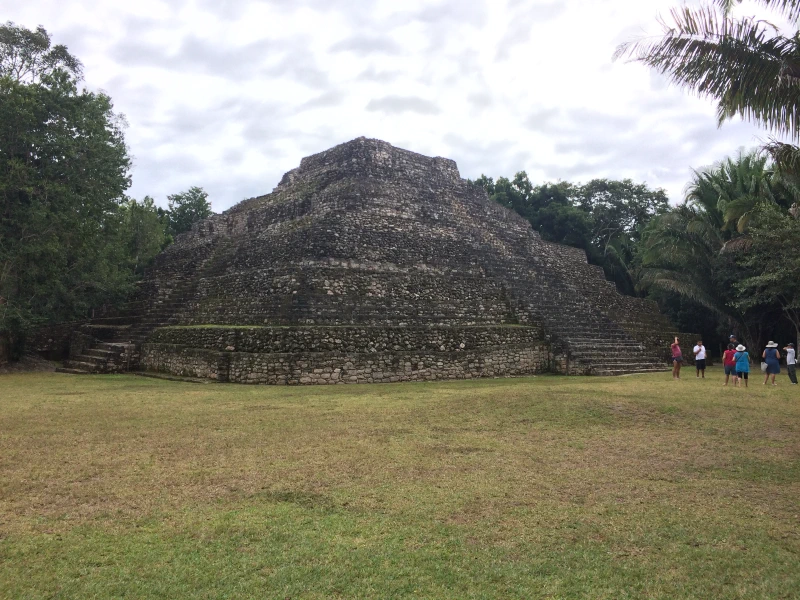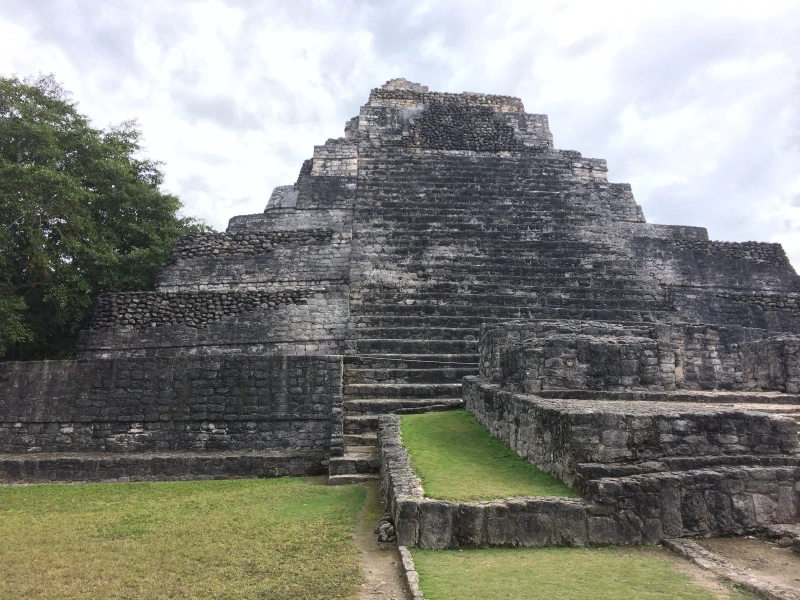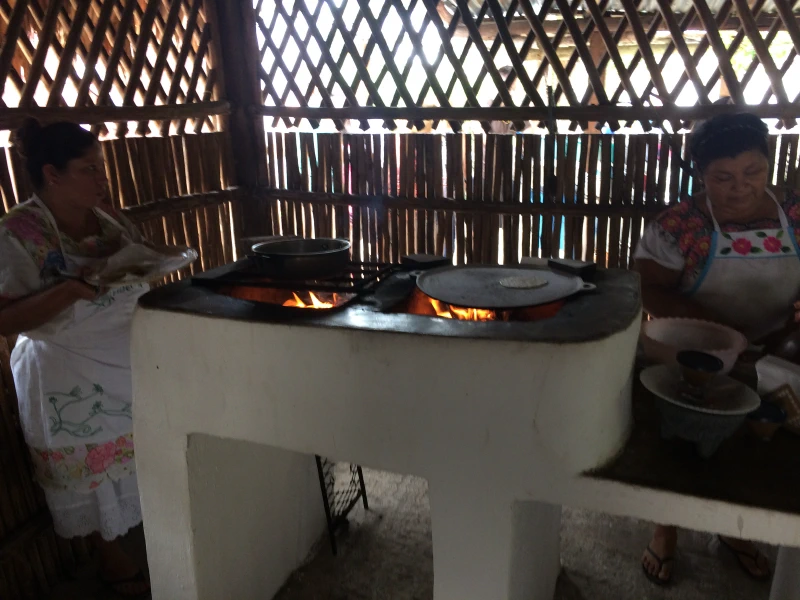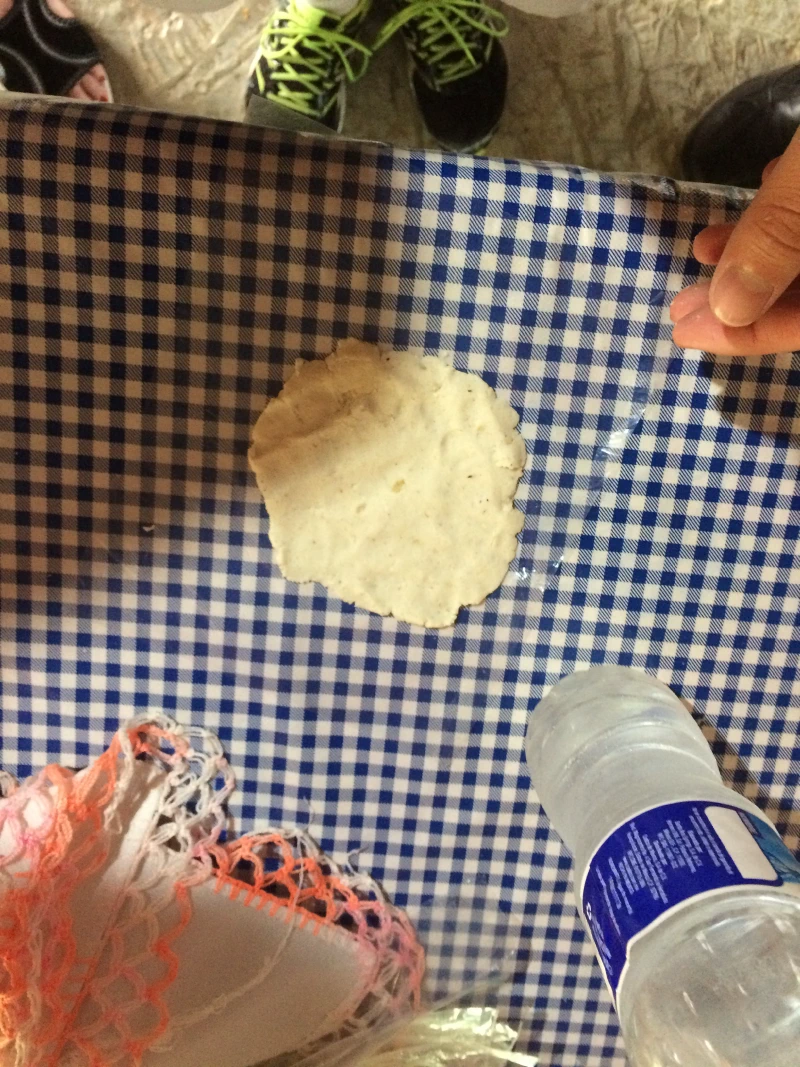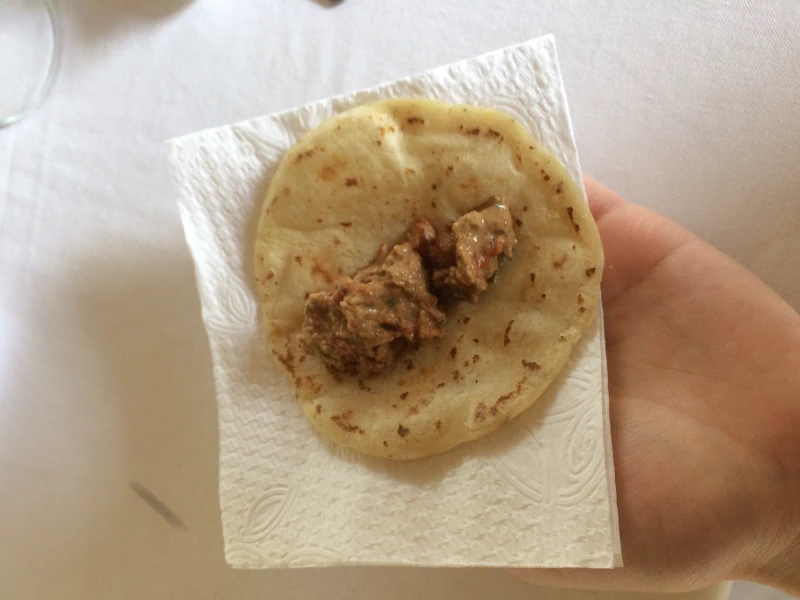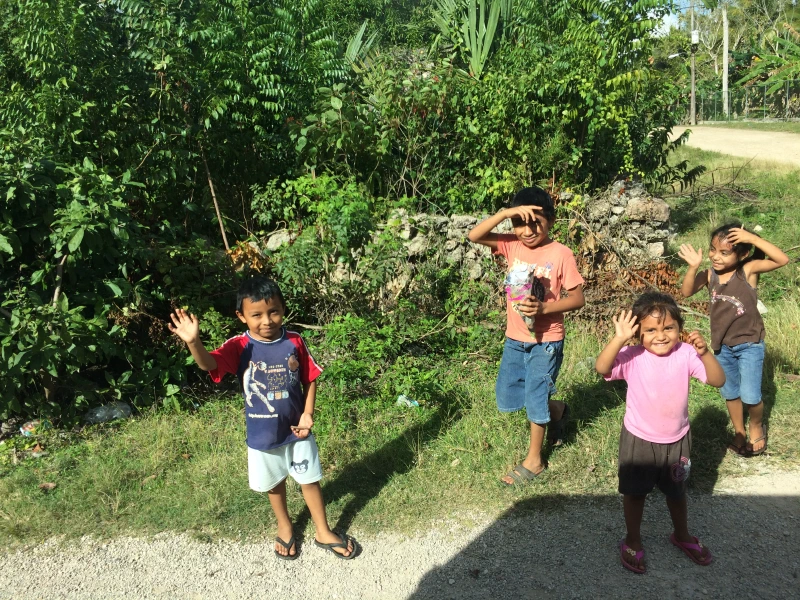Posted
on
in
Caribbean Cruise 2016-17
• 1571 words
• 8 minute read
Tags:
Cruise, Mayan Ruins, Travel
Today we were in Costa Maya, Mexico. (Yay! Another country on my list of “been there’s”.) Costa Maya itself is not a very big town and the only industry is tourism. It consists of a cruise pier, a multitude of shops where locals set up to sell to the tourists from the cruise ships, and a few houses. The Mexican government is (trying) to develop the area into a large tourism city to compete with the Caribbean ports, but it definitely isn’t there yet.
Native Choice, the company we did our tour with, was located a few blocks away (most of the blocks are actually just open lots overgrown with vegetation where the government wants to develop). The tour we did went to some Mayan ruins and then to a modern Mayan family’s home.
Mayan History
I’ll start with some background information about the Mayans that I learned today.
The Mayans are believed to have come over the Bearing Straight at the very end of the Ice Age. The Maya are related to the Eskimos in Alaska as well as the Mongols in Asia. We know this because the Maya, as well as the Mongols, share a birthmark called the “Mongolian Spot”. (I would assume that there has been gene analysis to confirm this as well.)
Evidence of the Mayan peoples’ existence begins in 1200 BC. The Mayan Culture peaked between 200 AD and 900 AD and the Maya still exist today; they have not disappeared as is a common misconception. The Maya live primarily in the Yucatán Peninsula. The Yucatán is primarily composed of limestone, so there are no rivers in the area, all of the water percolates through the ground to form underground rivers and caves. When the Spanish came to and colonized the Americas, they basically skipped all of the Yucatán Peninsula. Since there are no rivers in the area, the Spanish assumed that there was no source of fresh water in the Yucatán Peninsula. The Maya, however, had other sources of fresh water: underground rivers which are exposed in places where the cave ceilings have fallen in. Because the Spanish skipped them, the Maya were conquered after the Aztecs and Incas.
The Maya were organized in city-states, much like the Ancient Greeks and Europe during the Medieval. Wars were primarily fought over resources and trading routes and marriage to form political alliances was common. Our guide quipped “they had the same solutions to the same problems as Europeans of the same period did”.
Mayan Religion
The Mayan religion was a polytheistic religion where, much like the Ancient Greeks, everything had a god. There was a sun god, a god of harvest and childbearing, a god of commerce and war, etc.
Mayan Creation Account
The Mayan religion’s creation account has many parallels with the Judaeo-Christian creation account. As I describe the Mayan creation account, I will point out some of the similarities that I see and that our guide pointed out in italics.
The Maya believed that the Earth was created by the gods in 3700-ish BC. For Young Earth Creationists like myself, this points to a general knowledge among the ancient people that 1) a higher power created us and 2) it was fairly recent as compared to the evolutionist’s creation account. In the first creation, the gods created people from clay. This is similar to the Judaeo-Christian account in Genesis 2:7 where God created man from the dust of the ground. The people made from clay did something bad (I don’t remember exactly what) and were destroyed in a flood. This seems like a mix between the expulsion from the Garden of Eden (Genesis 3) and the worldwide flood of Noah (Genesis 6:9-8:22). The gods then tried again and made the people from something else (I don’t remember what, exactly). These people did something else bad and were destroyed by fire. There are similarities to the destruction of Sodom and Gomorrah in Genesis 19:23-29. There were another creation which was also destroyed, but on the fourth creation, the gods got it right and made the people from corn (maize). To the Mayans, corn is the most important crop.
Mayan Perception of Heaven and Hell
The Maya believed that four minor gods held the heavens above the earth and that above that was a type of “heaven” (they didn’t call it that, but that’s essentially what it was) and below the earth was a sort of “hell”/underworld (I don’t remember what, exactly, they called it). The Mayan people believed that their temples (I’ll talk more about them later) were portals to communicating with the gods in heaven.
Mayan Social Structure
The Maya had a caste system similar to the Indians. Like the Indian caste system, you could not move up the ladder, you were born into one caste and stayed there. The noble caste was seen as demigods by the common caste and the commoners saw it as their duty to serve the nobles. The noble caste survived by taxation and trade. The nobles also were the religious leaders in the Mayan culture. Only the nobles were allowed to go up to the top of the temples.
Mayan Temples
As described earlier, the Maya had a concept of Heaven so they built elevated areas to build their temples on. At Chacchoben, the site we went to, the elevated area was about 110 metres (360 ft) square and looked to be about 10 metres (32 ft) high. On top of the elevated areas, the Maya build their temples. The temples were pyramid structures, but unlike the Egyptian ones the Mayan temples were not pointed at the top, they were “cut off”. On the cut off portion, the Maya built a small room where they did ceremonies and sacrifices.
Each temple was dedicated to a single god. For example, there was a temple to the sun god and the harvest god. If something really bad happened in the realm of one god, they moved the ceremonies to the main temple which was also the largest temple and had huge ceremonies. For the most part, the main temple was where the human sacrifices occurred, so if the celebrations moved to that temple, it was almost guaranteed that there would be some human sacrifices.
The main temple | |
How we Know This Stuff
The Mayan people kept very detailed chronicles of their history on paper. These histories described the Mayan way of life and chronicled the scientific discoveries that they made. When the Spanish came, however, the Spanish Inquisition was in full force. Anything not specifically endorsed by the Catholic Church was “against God” so they burned all of the Mayan history. Imagine the knowledge that was contained in those pages. (Rabbit trail warning: the same can be said of the books held in the library at Alexandria.)
This is one reason that the Mayan history is not as well known as the histories of many western civilizations which carved their histories in stone and the paper writings that they made were better preserved (thanks in part to the work of the Ancient Islamic Empire).
Four books survived the Inquisition and the elements and a number of stone tablets also were preserved. From these along with archaeological findings, archaeologists and historians have reconstructed a sliver of what the Mayan way of life was like.
Rabbit trail warning: I think it’s scary to think of what people in 1000 years will think of this civilization. Will they think that we peaked in the 1990s and then started going downhill since there started to be less paper records (which would imply less economic activity)? Will they think that CDs were used as instruments or jewelry? Our houses are made of wood, what will they be able to figure out from the cement foundations and asphalt roads? They won’t be able to see our pictures, since by then JPEG will be a thing of the past. They won’t be able to view our documents since PDFs will long since have been forgotten. This is assuming that they even have the ability to read the storage mediums that we use. Imagine trying to figure out SATA or USB 3 in 1000 years without even knowing what it should do. I think it’s very interesting. Should we think about this stuff? I don’t know, maybe we should be leaving better records of our way of life, but on the other hand, maybe we want to give future archaeologists and historians something to do. Or maybe the world is going to end tomorrow and all this philosophy doesn’t matter anyway.
Mayan House & Lunch
After walking around the temples with the guide telling us all the things I’ve mentioned and a lot more that I’ve forgotten, we went back to the vans and drove to a modern day Mayan village where we visited a Mayan family.
When we arrived, we met five Mayan women who had prepared lunch for us. Before we ate, however, the women helped us make tortillas. We had to (try to) shape the dough that they gave us and then we gave it to another woman who cooked the tortillas on a pan over an elevated open fire. The lady helping us with the dough had to fix my attempt quite a bit.
For the meal we were served empanadas, rice, chicken, beans and a few other items. It was a very good meal.

